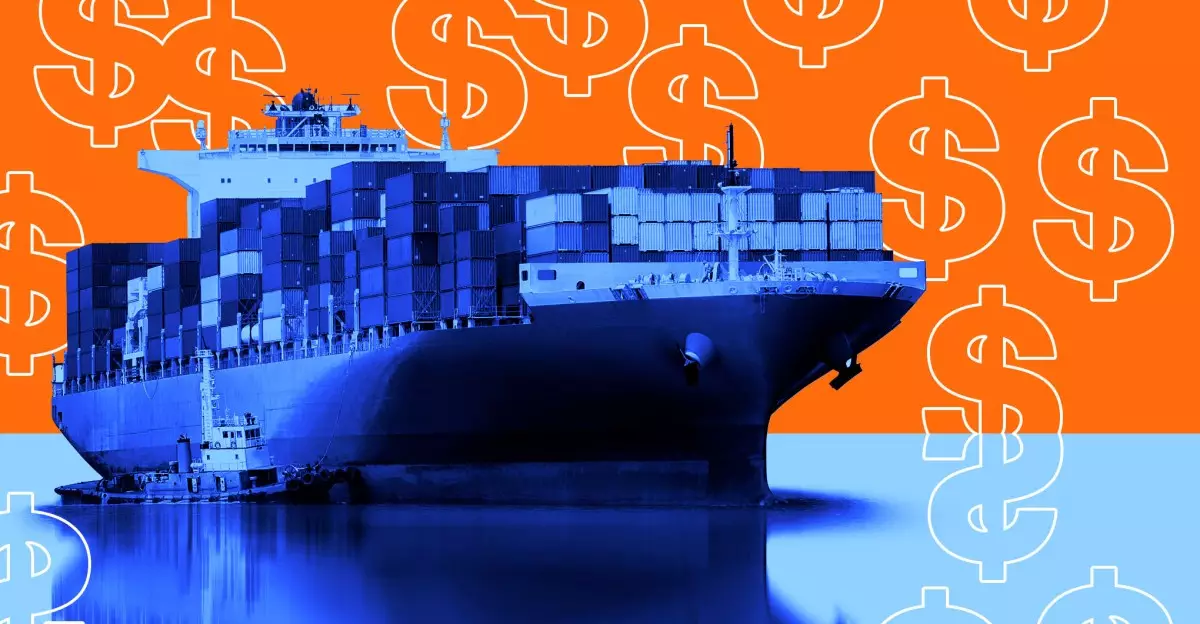The expiration of the de minimis exemption for packages from China and Hong Kong, effective May 2, marks a significant change in the landscape of international online shopping for U.S. consumers. This rule previously alleviated the financial burden of tariffs on low-value goods, allowing packages valued under $800 to be shipped into the United States duty-free. However, due to the dynamic nature of U.S. trade policy under the Trump administration, this exemption has been revoked, directly impacting consumers, retailers, and the logistics network that supports e-commerce.
The de minimis rule played a crucial role in facilitating cross-border trade, particularly for small online purchases. In 2024 alone, an astonishing 1.4 billion packages took advantage of this exemption, predominantly coming from China. These packages, often characterized by their everyday consumer goods, fueled a shopping culture heavily reliant on the ease of ordering from overseas without the burden of additional costs. The abrupt end of this exemption sends ripples through the wider e-commerce ecosystem.
The Financial Consequences of New Tariffs
With the de minimis exemption gone, U.S. consumers must now brace for significant increases in their online shopping expenses. Packages valued at under $800 will attract tariffs that could amount to a staggering 90% of their value, or a fixed fee of $75 per item. More extensive packages, which might be shipped via private services like DHL, will encounter comprehensive duties on their full value, encompassing everything from baseline tariffs to product-specific tariffs. The implementation of such tariffs not only complicates the purchasing process for the average consumer but also disrupts the existing pricing structures that businesses had established based on more lenient tariff regimes.
The financial implications extend beyond consumers facing higher prices; they potentially threaten the viability of business models that rely on direct shipments from China. Companies such as Temu and Shein, which have built their identities around ultra-low prices facilitated by the de minimis exemption, must now navigate this new reality, which could inadvertently lead to higher overall costs that might deter consumer engagement.
Infrastructure Strain and Logistic Challenges
One of the most pressing concerns regarding the end of the de minimis exemption is the strain it will place on the U.S. Postal Service (USPS) and Customs and Border Protection (CBP). The sudden shift could impose overwhelming demands on an already burdened logistics framework. Previous attempts to alter the de minimis policy resulted in chaos, with USPS briefly suspending shipments from China, creating confusion among retailers and consumers alike. This hiccup in logistics underscores a broader theme of systemic inadequacies and unpreparedness that could exacerbate delays in package processing and delivery.
USPS and CBP now face the daunting task of determining how to effectively manage the increased volume of low-value packages subject to tariffs. There has been speculation that processing all de minimis packages could incur costs as high as $3.2 billion annually. The current operational climate raises pertinent questions regarding whether these agencies possess the infrastructure, resources, and necessary protocols to handle the anticipated surge of affected packages, all while maintaining efficiency.
The Broader Implications for E-Commerce
The ramifications of ending the de minimis exemption extend far beyond immediate financial pain points. The restructured tariff environment may lead U.S. shoppers to experience a reduced variety of goods, as online retailers grapple with the complexities introduced by new pricing pressures. With higher costs potentially being passed down to consumers, many may find themselves purchasing less or opting for domestic products instead. This shift could adversely affect the competitive landscape of e-commerce, where price sensitivity is paramount for attracting consumers.
Additionally, the Trump administration has framed the removal of the de minimis exemption as a necessary measure to combat the illicit trafficking of substances like synthetic opioids. However, the effectiveness of this strategy is uncertain, as it remains unclear how the new tariff structure will enhance enforcement capabilities against contraband. Such policies often lead to unintended consequences that can complicate legitimate trade and consumer choice.
As the de minimis exemption sunsets, the landscape of online shopping has shifted dramatically. Consumers and businesses alike must prepare for a complicated new reality characterized by increased costs, logistical challenges, and limited product availability. While proponents argue that rigorous tariffs are necessary for safeguarding national interests, the collateral damage to consumer rights and access cannot be overlooked. As this new trade paradigm takes shape, it is crucial to remain vigilant about its broader implications for the future of e-commerce in the United States.

